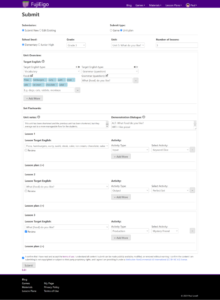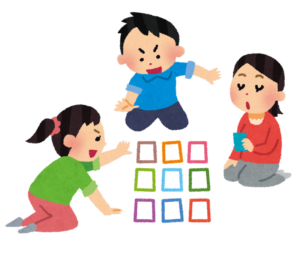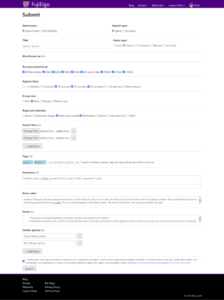No matter how much the world changes, the ultimate goal of school education is the “creation of individual character”. For many years, Fujieda City has been conducting classes based on the idea of “nurturing people through education”, with a focus on both “learning the subjects” and “learning as people.” Fujieda City’s goal is to create lessons in which children take the lead in self-realization and participate in dynamic lessons that foster the ability to learn independently and collaboratively. We believe this will lead to the realization of “Fujieda as the top runner in Japan for education” and to “connect smiles through rich learning”.
Important ideologies to apply:
1. Self-determination. To carefully support children when they hesitate, struggle, and make decisions. Children grow by overcoming small conflicts and repeatedly making small decisions. By valuing children’s self-determination and their own learning paths in class, we foster “independent learners” who enjoy pursuing their own interests.
2 Relationship with others. We need to guide children to make better self-determination in their relationships. While respecting the awareness of others, we develop their speaking and listening skills, and through the fact that we work together to solve problems, we encourage children to be proactive and achieve interactive and deep learning. We will develop the strength to cooperate and help others navigate difficult times.
3. Presence. We need to guarantee an open learning environment where all children can express themselves with peace of mind. By conducting classes where each child can think, laugh, be surprised, and express themselves freely by demonstrating their individuality to the fullest, we must value each individual’s existence and foster a sense of self-affirmation.
4. Human interaction. We must aim to provide lessons with friendly competition and warmth. It is crucial to value activities that involve heart-to-heart interactions, such as empathic discussions and honest exchanges, to foster a sense of coexistence among children, and foster friends who can benefit from each other and grow together.
5. Developmental Potential. We must support children so that they can fully demonstrate their strengths and potential. It is important to take advantage of each individual’s developmental timing, and provide appropriate support to maximize their strengths and potential.












